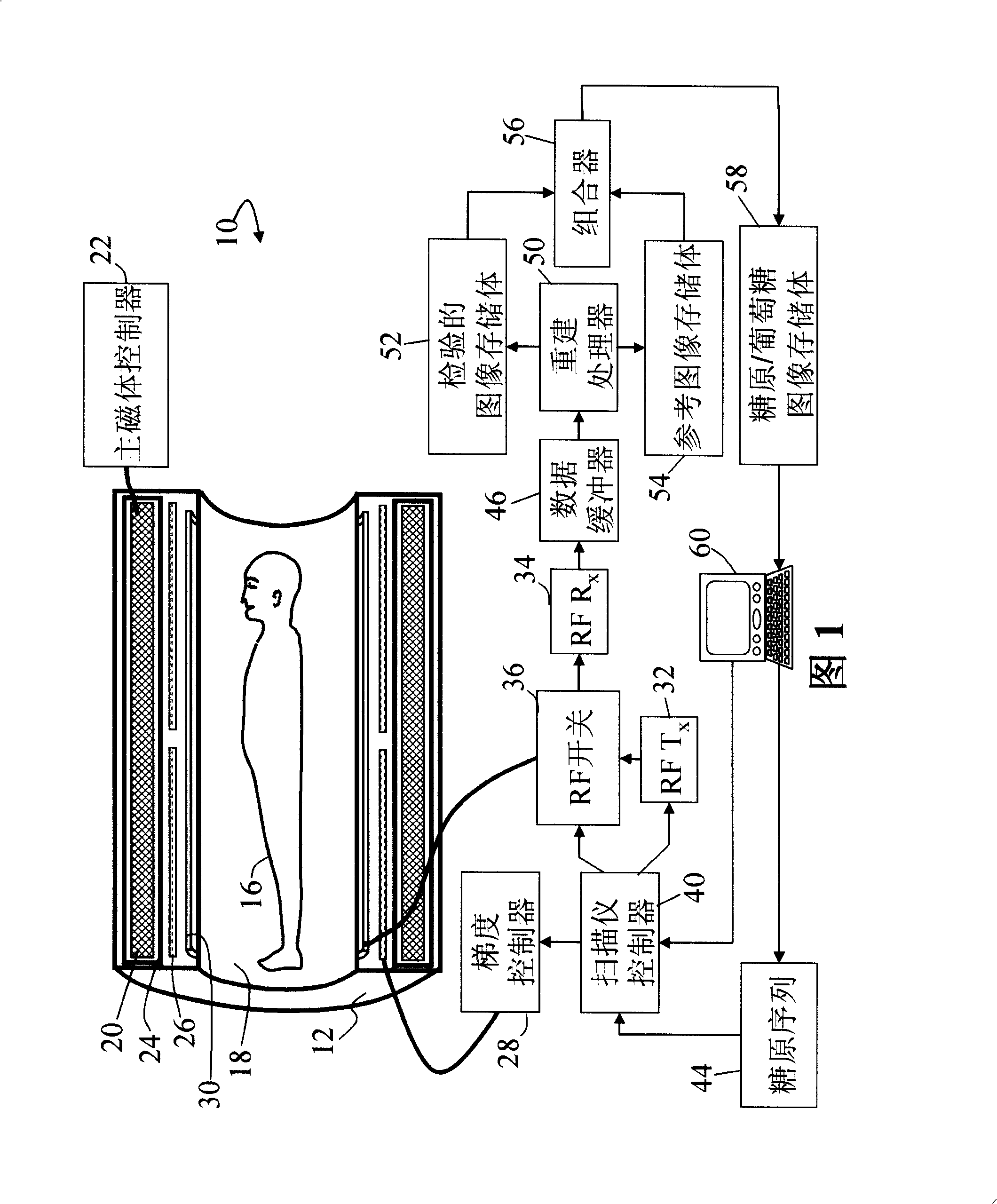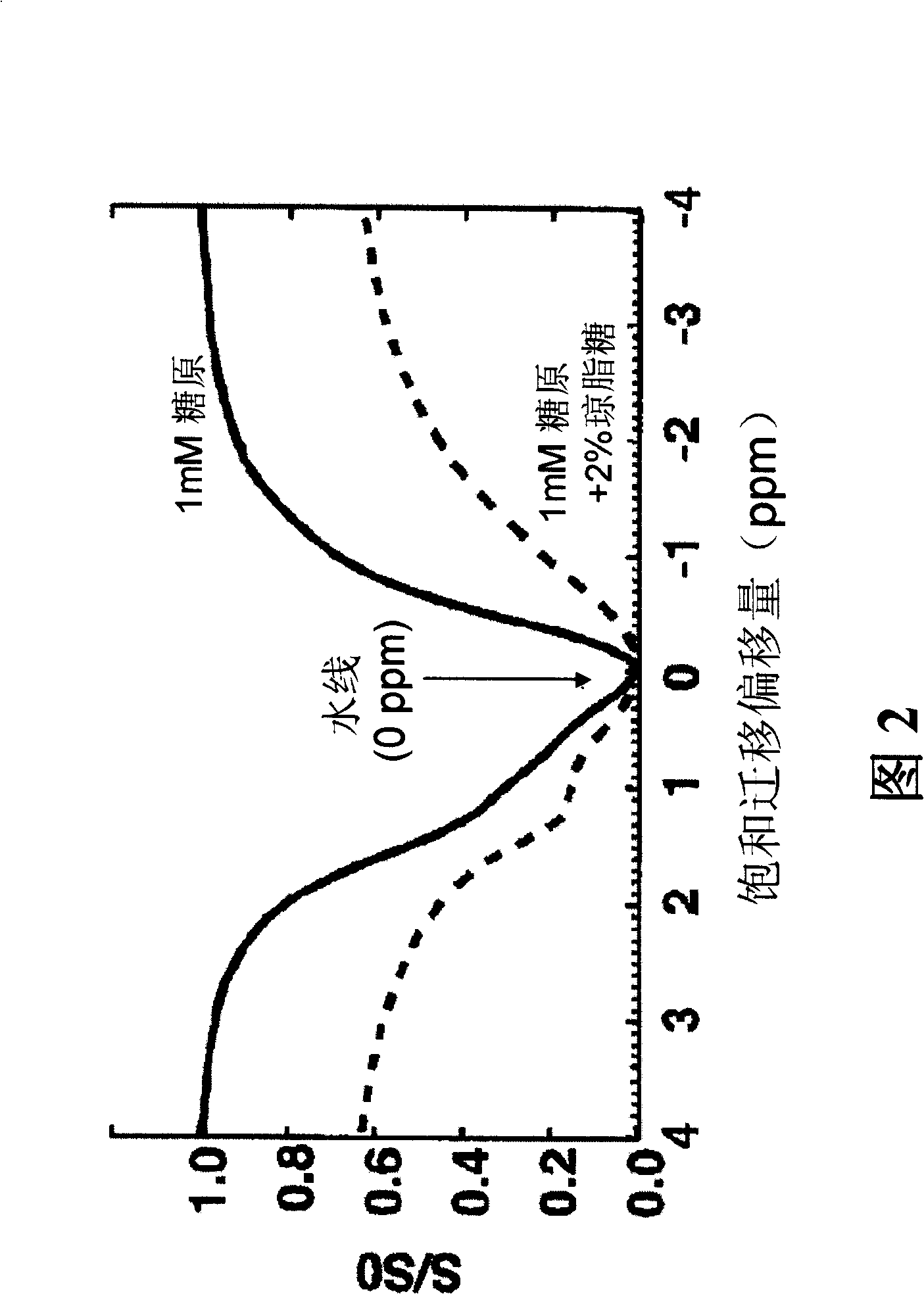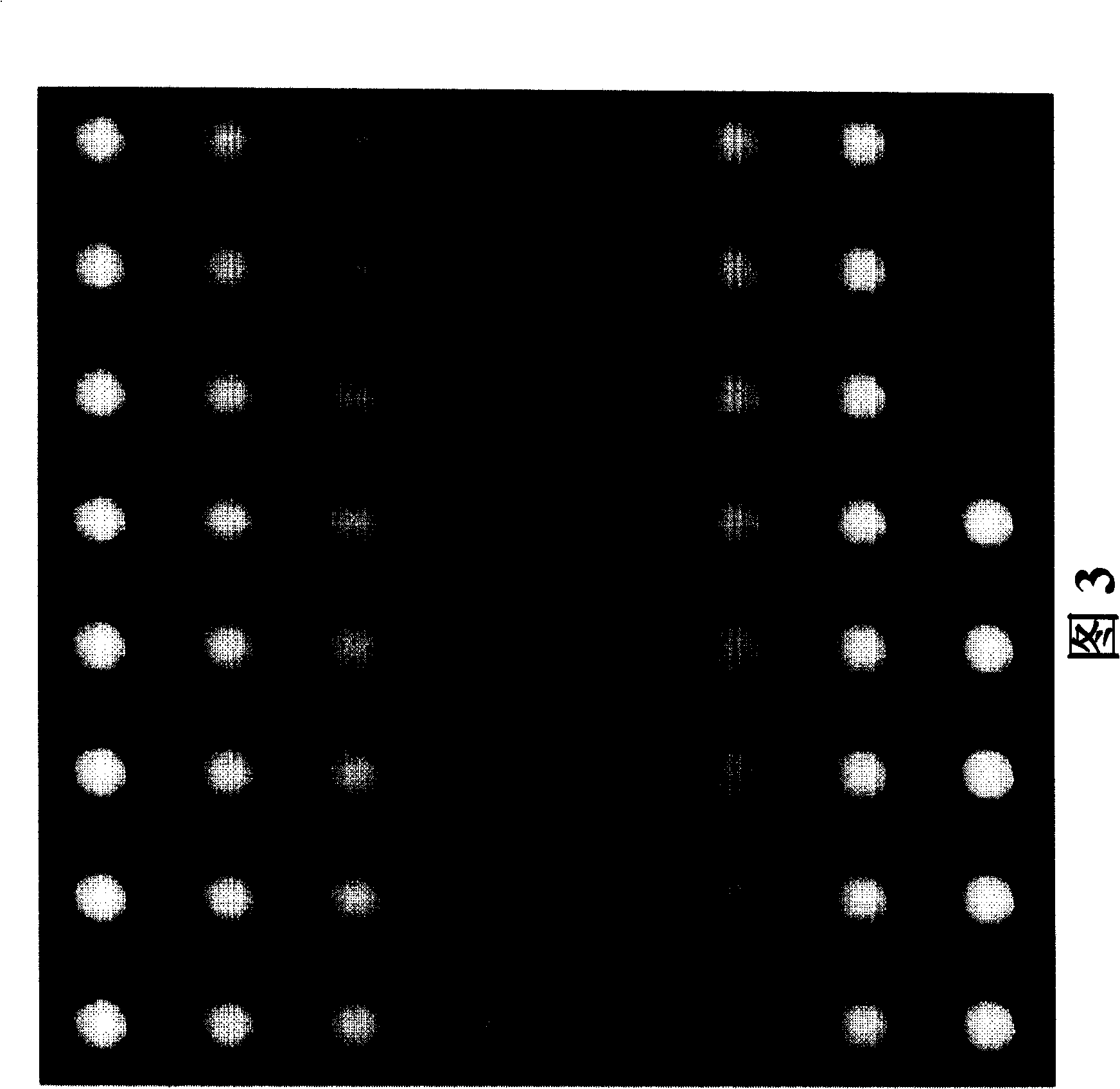Non-invasive MRI measurement of tissue glycogen
A glycogen and monosaccharide technology, applied in the fields of biology and medicine, can solve problems such as imprecise spatial recognition rate and weak magnetic resonance signal
- Summary
- Abstract
- Description
- Claims
- Application Information
AI Technical Summary
Problems solved by technology
Method used
Image
Examples
Embodiment Construction
[0025] The methods disclosed herein for the spatially resolved detection, imaging, or mapping of glycogen or glucose using magnetic resonance leverage several advantageous aspects of the human body and other typical biological systems containing glycogen or glucose. One of these aspects is that the human body is mainly composed of water. Therefore, MRI data acquired at the water proton MRI frequency usually yield a strong signal and signal-to-noise ratio. (In contrast, magnetic resonance-based imaging such as 13C typically yields substantially lower signal and signal-to-noise ratios.)
[0026] On the other hand, glucose or glycogen molecules at normal body pH levels (eg pH about 7.0-7.3) and at other pH levels such as those that can occur during ischemia (pH about 5.5-7.0) The link between the number or pool of water molecules and the number or pool of water molecules. These numbers are related by proton exchange between water molecules and the protons of the hydroxyl (OH) g...
PUM
 Login to View More
Login to View More Abstract
Description
Claims
Application Information
 Login to View More
Login to View More - R&D
- Intellectual Property
- Life Sciences
- Materials
- Tech Scout
- Unparalleled Data Quality
- Higher Quality Content
- 60% Fewer Hallucinations
Browse by: Latest US Patents, China's latest patents, Technical Efficacy Thesaurus, Application Domain, Technology Topic, Popular Technical Reports.
© 2025 PatSnap. All rights reserved.Legal|Privacy policy|Modern Slavery Act Transparency Statement|Sitemap|About US| Contact US: help@patsnap.com



